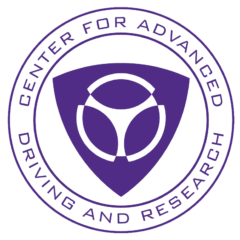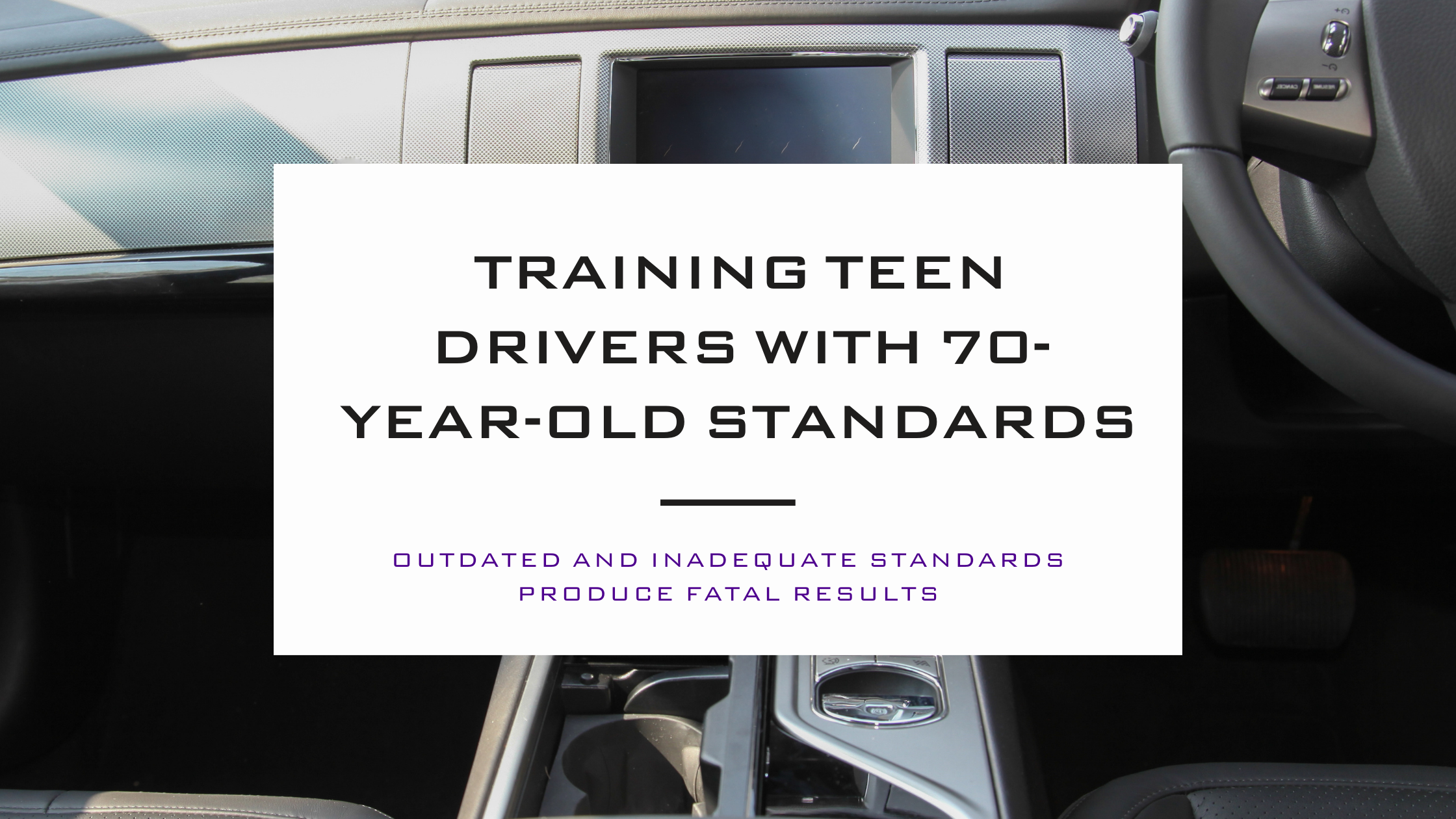Imagine a national education system where approximately 4 in 10 students were unable to pass their current grade. Imagine a manufacturing industry where only 55-60% of all the business employees who were given government mandated safety training were able to pass the exam. Imagine if these failure rates were so common that schools and manufacturing businesses were compelled to create special programs specifically to serve those who failed these critical exams more than 3 times.
If these examples really existed, how long would we, as a society continue accepting the high failure rates before taking a serious look at the teaching or training methodology? How long would we continue defending the practices or programs producing these poor results? If our Driver Education and licensing model in the US is any example, the answer is multiple decades. As sad as it is to say, these are in fact, the statistical realities for teenage drivers taking the exam for licensure—4 in 10 fail their first attempt.
However, before anyone rushes to judgment with the local service provider of the Driver Education programs, we need to acknowledge they’re simply delivering what their respective state has mandated they provide. The issue is the system that has created those mandates and the flawed, outdated purpose it was created to serve. In April, 2012, The National Highway Traffic Safety Administration (NHTSA) published the results of an intensive study called, “A Fresh Look at Driver Education in America” and it concluded that,
- Current Driver Education appears to do a good job of preparing students to pass the licensing exam.
- The expectation that Driver Education will lead to a decreased teen crash rate is unrealistic and beyond what current practice can be expected to achieve.
When viewed against the reality that approximately 4 in 10 teen drivers fail their first licensure exam, it begs the question how that can be considered “doing a good job”. When 90% of teenage fatalities are statistically attributed to “driver error”, the second part of their conclusion is overwhelmingly stated with truth. Clearly the elephant in the room is the system dictating and setting the standards for licensure and we, as a society, are paying the ultimate price in the loss of life, value, and purpose of our nation’s teens every time there is a fatal crash.
Just here in North Carolina, in 2016, there were 50,000 crashes involving teen drivers, 73 fatalities and over 80,000 serious injuries reported. In 2019, we moved from 4th in the nation to 3rd in the nation as the state having the most teenage vehicle fatalities. Since then, in just one year, Virginia saw a 26% increase in teen fatalities as did Colorado a couple years ago. Statistical proof the current standards, as NHTSA concluded, will NOT lead to a decreased teen crash rate.
For two decades now, we’ve devoted our focus to the dangers of distractions and their presence in a high percentage of crashes. We’ve excused many of these fatalities and “driver errors” with the scientific evidence that a human brain isn’t fully developed till around age 25. We’ve dismissed the lack of standards in our learning to drive process and blamed the results on simple “inexperience”. But the truth is, when you consider the performance of Driver Education in other countries, you find completely different and far more positive, lifesaving achievements.

Take Germany, for example. They provide a significantly more intense training program than we do in the US and let’s not forget, their teens drive the Autobahn where they have no speed limit and the average speed driven is 130 mph. Their teenagers suffer from the same brain development and growth process as American teens do and their teens have cell phones and vehicle technology that can just as easily distract them. Yet, Germany’s teen crash and fatality rates have been on a steady decline since 1990 while ours, following declines mostly due to the safety technology of our vehicles, began trending upwards around 2015.
Imagine if the same standards of our current Driver Education were used to train airline pilots. The results would be the equivalent of one jumbo jet crashing every month in the US, killing all on board. How many jets do you think would crash before we shut down the system and implemented “Higher Standards”? I submit that would occur with the second crash—we’d never see the subsequent crashes. Yet, when it comes to driving, we bury approximately 3,000 priceless teens every year and nothing has changed since that study was done eight years ago. What message does that send to our teen drivers?




